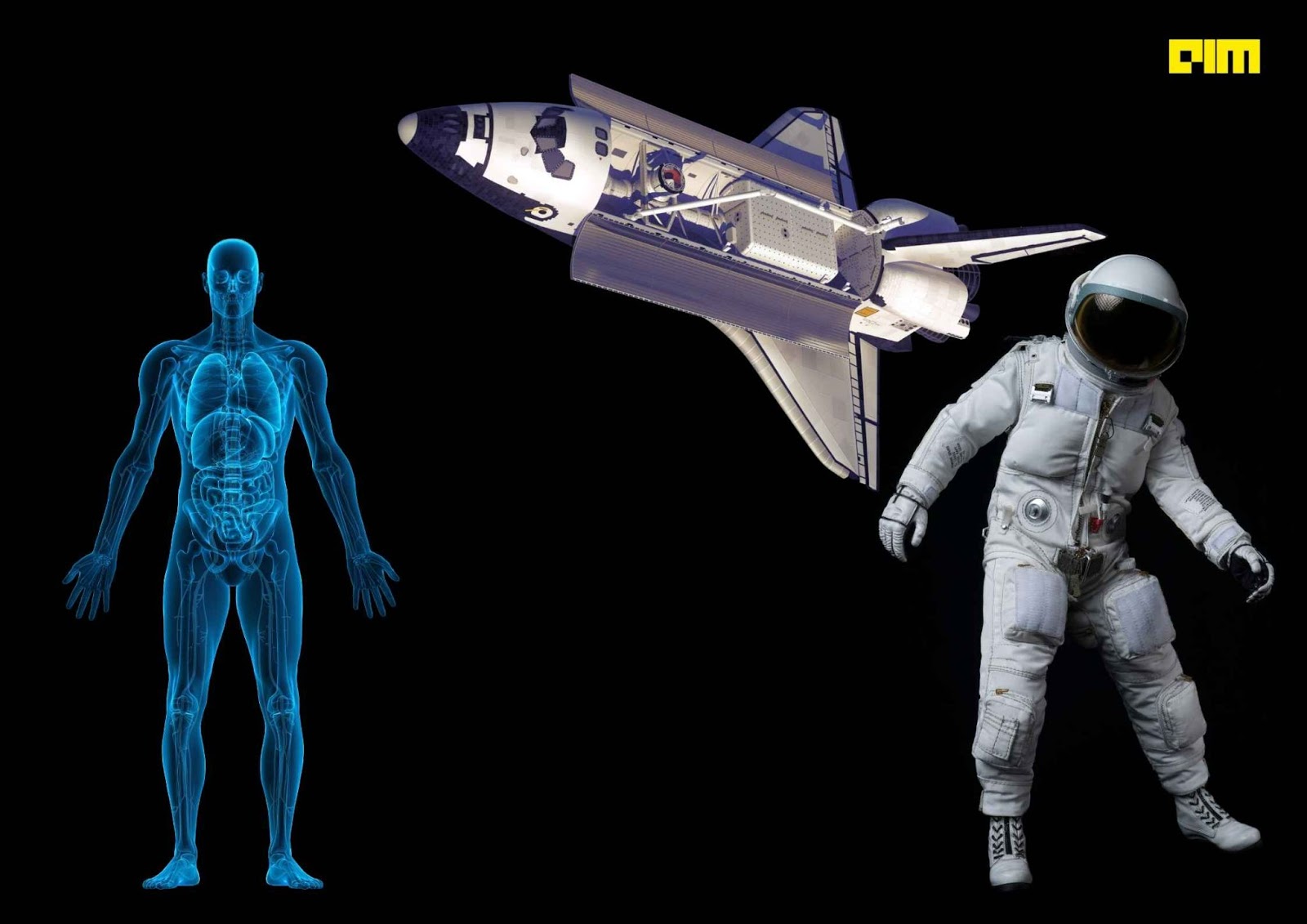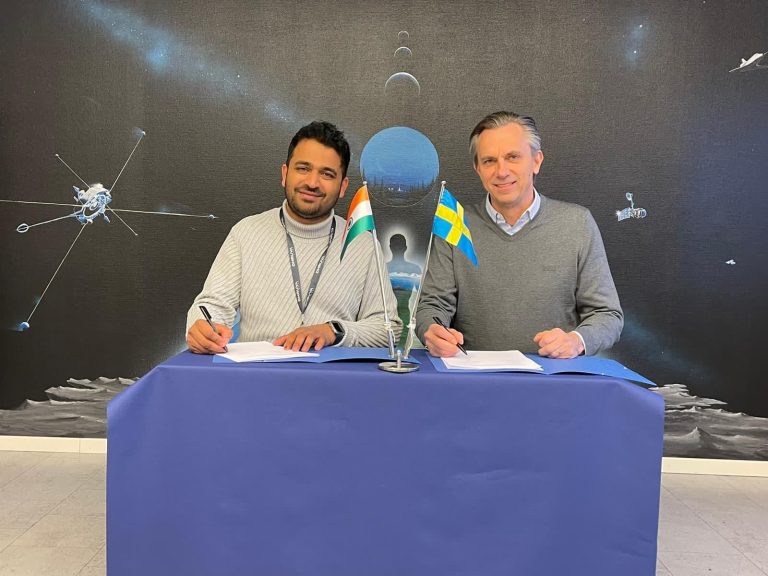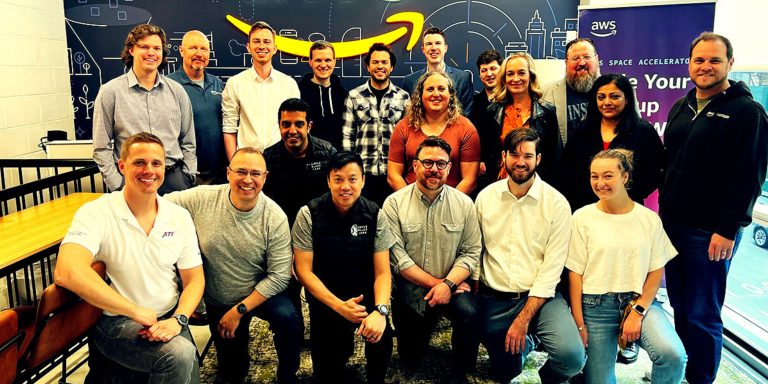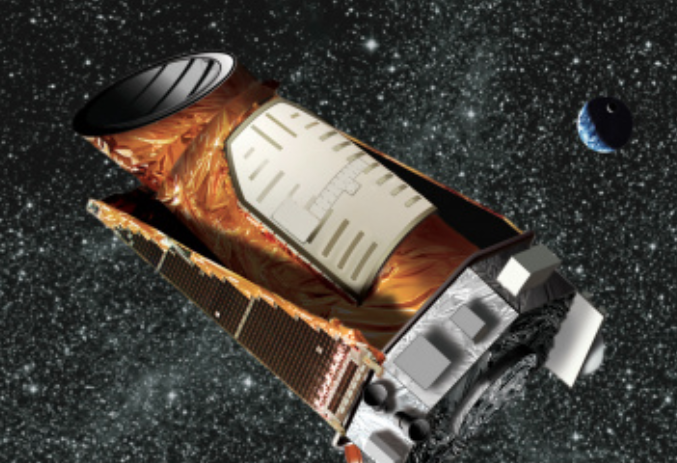Two teams of scientists from the Wake Forest Institute for Regenerative Medicine (WFIRM) in Winston-Salem, North Carolina, have secured the first and second place in NASA’s Vascular Tissue Challenge. As part of the challenge, the teams used a varied 3D printing technique to build a cube-shaped liver tissue about one centimetre thick and with 30 days shelf life.
Cheers to the teams of scientists from the Wake Forest Institute for Regenerative Medicine who have won our Vascular Tissue Challenge. Their contributions have accelerated bioengineering innovations to benefit those on Earth and in space. Read more: https://t.co/WzAliA63h5 pic.twitter.com/CgQ66VcwaA
— NASA (@NASA) June 9, 2021
NASA launched the competition in 2016 to find teams capable of creating thick, vascularised human organ tissue in an in-vitro environment to aid in its space missions. The challenge has a prize pool of $500,000 that will be split among the first three teams. The first team to complete their trial under the challenge conditions, Team Winston, will get $300,000 and the opportunity to continue their study onboard the United States National Laboratory on the International Space Station (ISS).
The team’s success in developing living human tissues, although for a short period of time, shows the potential of 3D technology for research and medicinal purposes. NASA’s intention behind this challenge was to develop organ bandages and organ replacements in the future.
In space, the models could be used to examine how radiation exposure affects the human body, study organ function in microgravity, and develop strategies to mitigate damage to healthy cells while living or working in space. “I cannot overstate what an impressive accomplishment this is. When NASA started this challenge in 2016, we weren’t sure there would be a winner,” said Jim Reuter, NASA associate administrator for space technology.
Human body in space
In a short video, NASA mentions the Mars expedition will require multiple resources, including the ability to build living tissues. Space radiation penetrates living tissues causing both short and long-term damages. Hence, tissue engineering is crucial for the mission.
NASA’s Human Research Program (HRP) has been studying how human body responds in space for almost 50 years. Researchers are leveraging what they’ve learned to build procedures, gadgets, and techniques to keep astronauts safe and healthy in the outer space. The research will influence medical standards, physical fitness programs and standards, physiological and psychological adaptation training, sensorimotor training, and dietary health guidelines.
Challenges
Isolation and confinement: Researchers are investigating the use of virtual reality to create relaxing environments to make crews in isolation feel better. Huge workload and long-term schedule necessitate the need for astronauts to prepare for the fatigue.
Healthcare: NASA is working on a medical data architecture for spacecraft that will allow clinical decision support systems to leverage AI and ML to aid in the diagnosis and treatment of various ailments. Virtual assistants are also being investigated for their potential role in assisting crews in detecting and responding to spaceflight abnormalities.
Solutions for hostile environments: Thermal Control Systems keep the space station’s temperature stable and astronauts comfortable. The technology is used to check the air quality onboard the space station to verify that it is safe to breathe and free of pollutants like formaldehyde, ammonia, and carbon monoxide.
Cimon, an artificial intelligence assistant, was deployed last year at the International Space Station (ISS) for three years of testing. Cimon will eventually be utilised to relieve astronauts’ stress by completing chores they request. NASA is also developing a Robonaut companion for astronauts to do things unsafe for humans.




















































































